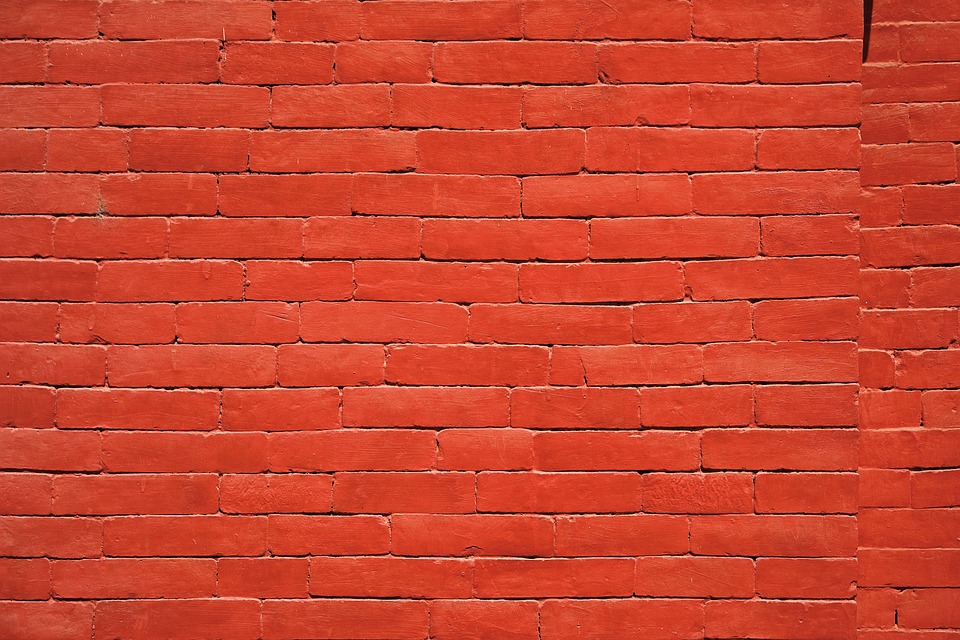
The article about dyslexia is very hard to process because of sympathy towards kids that cannot read simple books. I, myself had dyslexia and I had not known about it back then. I knew I was slow at math and comprehension but did not know what the problem actually was. It is also sad to know that students tend to give up on school and drop out just because they felt there not fit enough to read a book or get past difficult challenges in school. I was not bright in school, but I never gave up and right now I attend a university.
The 3rd Grade ‘Wall’ occurs when dyslexic students transition from learning-to-read to reading-to-learn, meaning they are now expected to read books filled with facts, figures, and complex multi-syllable words, rather than easy-to-read word exercises and primers. If student’s don’t know how to read proficiently by the end of the third grade, they are four times more likely to leave school without a diploma, so this is clearly an important issue to bring awareness to.
I also believe dyslexia is only a temporary problem. I have bunch of friends that were really slow in school but now they are very successful and college graduates. It is a small problem in school because kids do not bother about studying, reading, or learning when they have their minds on playing or hanging out with friends. It all changes when they mature and face the reality of life. Dyslexia is a sure well problem but it can be toppled and taken care of.
Key Takeaways:
1
The third grade wall is the age where most who have dyslexia often have trouble or experience failure.
2
What makes success in third grade so significant?
3
Students who fail to reach this critical milestone often falter in the later grades and drop out before earning a high school diploma.
Read the full article here:
http://www.dyslexicadvantage.org/dyslexia-and-the-3rd-grade-wall/
http://www.dyslexicadvantage.org/dyslexia-and-the-3rd-grade-wall/
Do You Need help with a Learning Difficulty?
Our simple online analysis will help you get to the core of the problem and find the right solution for you.
Understanding how to help someone with a learning difficulty starts with understanding which micro-skills are affected. When you learn which of the micro-skills is the problem, you will then be on your way to solving it.
You'll also learn how to:
- Build confidence
- Enhance Learning ability
- Eliminate avoidance
- Build grit
You can get this analysis for free by filling out this simple form. This will help you get to the bottom of a learning difficulty and provide you with a solution. If you are ready to put this problem behind you click the button below and fill out the form.










